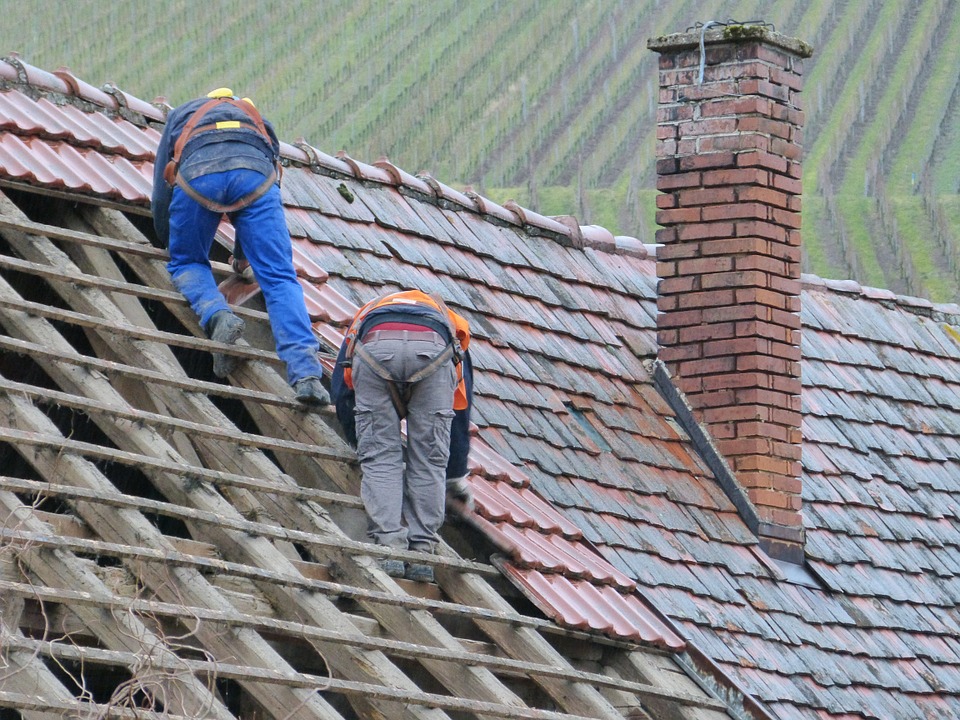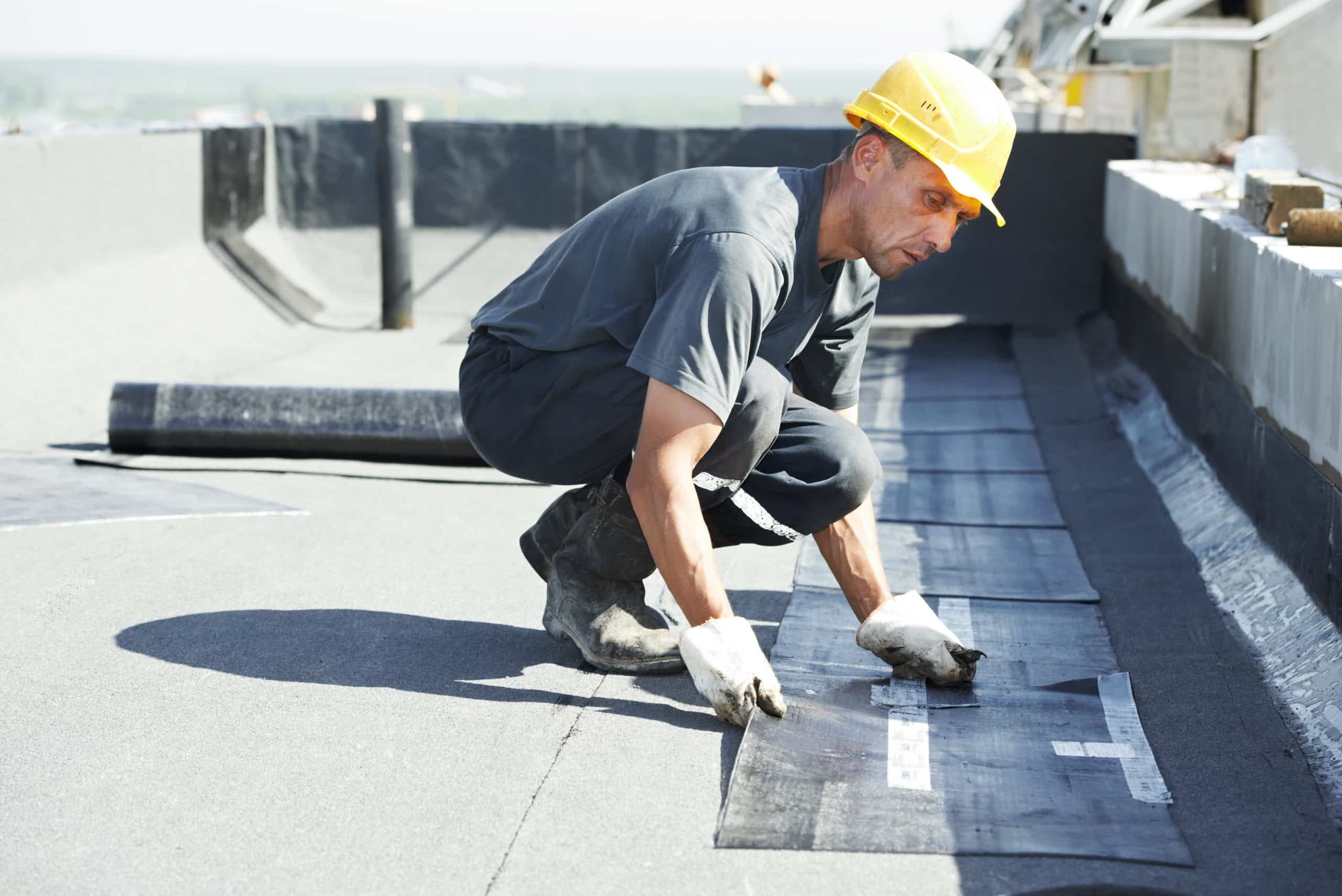Recognizing the Various Kinds of Roofs: A Comprehensive Guide for Homeowners
With a selection of choices-- ranging from the typical gable to the modern flat-- each kind presents unique benefits and difficulties that should straighten with the property owner's ecological factors to consider and details requirements. As we explore the details of different roof kinds, it ends up being evident that one dimension does not fit all; the best option may stun you.
Saddleback Roof
Saddleback roofs, identified by their triangular shape, are amongst the most preferred roofing styles as a result of their simplicity and effectiveness in dropping water and snow. This layout features 2 sloping sides that satisfy at a ridge, allowing for effective drainage and lessening the threat of water buildup. The high pitch commonly connected with gable roofings enhances their capacity to manage hefty precipitation, making them suitable for different climates.
In addition to their functional advantages, saddleback roofs provide visual flexibility. They can be adapted to different architectural designs, from conventional to modern homes. The style can additionally fit added features such as dormer windows, which improve natural light and air flow in the attic room space.
Additionally, gable roofings offer sufficient space for insulation, adding to energy efficiency. Homeowners can select from a variety of roof products, consisting of asphalt roof shingles, steel, and ceramic tiles, additionally improving modification alternatives.
Regardless of their advantages, gable roof coverings might require extra support in locations vulnerable to high winds or hefty snowfall. Overall, the saddleback roof stays a favored option due to its blend of functionality, longevity, and aesthetic allure.
Flat Roofs
Flat roofing systems are commonly identified for their minimalist layout and practical applications, particularly in industrial and business setups (oahu roofing). These roofings feature a nearly straight or horizontal surface area, which enables for very easy construction and versatile area utilization. While they may lack the visual charm of pitched roof coverings, flat roofing systems offer countless advantages, specifically in city atmospheres where optimizing space is important
One of the primary advantages of flat roofings is their accessibility. Home owners can make use of the roof covering area for different purposes, such as roof gardens, balconies, or solar panel setups. In addition, flat roof coverings are generally extra cost-effective to mount and preserve compared to their sloped equivalents, as they need less products and labor.
Common materials used for level roofs consist of built-up roof (BUR), modified asphalt, and single-ply membrane layers, each offering distinct benefits. On the whole, flat roofs offer as a useful and versatile selection for several homeowners and organizations alike.
Hip Roofings
Hip roofs are defined by their sloped sides that assemble on top, creating a ridge. This style is unique from gable roofing systems, as all 4 sides of a hip roofing system incline downwards toward the walls, providing a more secure structure. The angle of the slopes can vary, enabling adaptability in building aesthetics and functionality.
One of the key advantages of hip roofs is their capability to endure heavy winds and negative weather. The sloped surface areas make it possible for better water drainage, reducing the risk of leakages and water damages. Furthermore, hip roof coverings offer enhanced attic space, which can be used for storage and even converted into habitable areas.
Nevertheless, creating a hip roof covering can be a lot more expensive and intricate than less complex roofing types, such as gable roofing systems. The extra material and labor included in creating the inclines and guaranteeing correct structural stability can bring about higher expenditures. Despite these disadvantages, numerous homeowners prefer hip roofs for their toughness, aesthetic appeal, and possibility for power efficiency.
Mansard Roofing Systems
Mansard roof coverings, typically acknowledged by their special four-sided layout, attribute two inclines on each side, with the lower incline being steeper than the top. This building style, originating from France in the 17th century, is not just visually enticing yet functional, as it takes full advantage of the usable room in the top floors of a structure. The steep lower slope enables even more clearance, making it an ideal choice for attic rooms or loft spaces, which can be converted right into living spaces.
Mansard roofings additional reading are defined by their convenience, accommodating various architectural styles, from standard to contemporary. They can be built with various products, consisting of asphalt tiles, slate, or steel, giving homeowners with a series of choices to fit their spending plans and choices. Additionally, the design allows for the integration of dormer windows, boosting all-natural light and ventilation in the upper levels.
However, it is important to think about the prospective disadvantages. Mansard roofing systems may require even more upkeep due to the complexity of their design, and their high inclines can be challenging for snow and rainfall drainage. Generally, mansard roofings combine elegance with functionality, making them a preferred selection amongst home owners seeking distinctive building functions.
Shed Roof Coverings
As home owners progressively look for simpleness and functionality in their building styles, lost roofings have actually arised as a preferred choice. Characterized by a solitary sloping plane, a shed roofing system provides a minimal aesthetic read this post here that enhances different home styles, from modern to rustic.
One of the key advantages of a shed roof covering is its straightforward building and construction, which typically translates to reduce labor and product costs. This style enables efficient water drainage, lowering the risk of leaks and water damages. In addition, the vertical slope gives ample space for skylights, improving all-natural light within the inside.
Shed roofings likewise offer adaptability in regards to use. They can be efficiently incorporated right into enhancements, garages, or exterior frameworks like structures and sheds. In addition, this roof style can accommodate different roof covering materials, consisting of metal, asphalt shingles, or perhaps eco-friendly roofing systems, lining up with eco-friendly initiatives.
However, it is necessary to take into consideration local environment problems, as hefty snow tons might require changes to the roof covering's angle or framework. Generally, dropped roofings provide a functional and visually pleasing choice for property owners wanting to optimize capability without endangering design.
Conclusion


Gable roofs, defined by their triangular form, are amongst the his explanation most prominent roof covering designs due to their simplicity and efficiency in losing water and snow. oahu roofing. The steep pitch frequently associated with gable roofing systems improves their capacity to handle heavy rainfall, making them ideal for various climates
While they may do not have the visual appeal of pitched roofings, level roofs offer various benefits, particularly in city environments where optimizing room is crucial.
